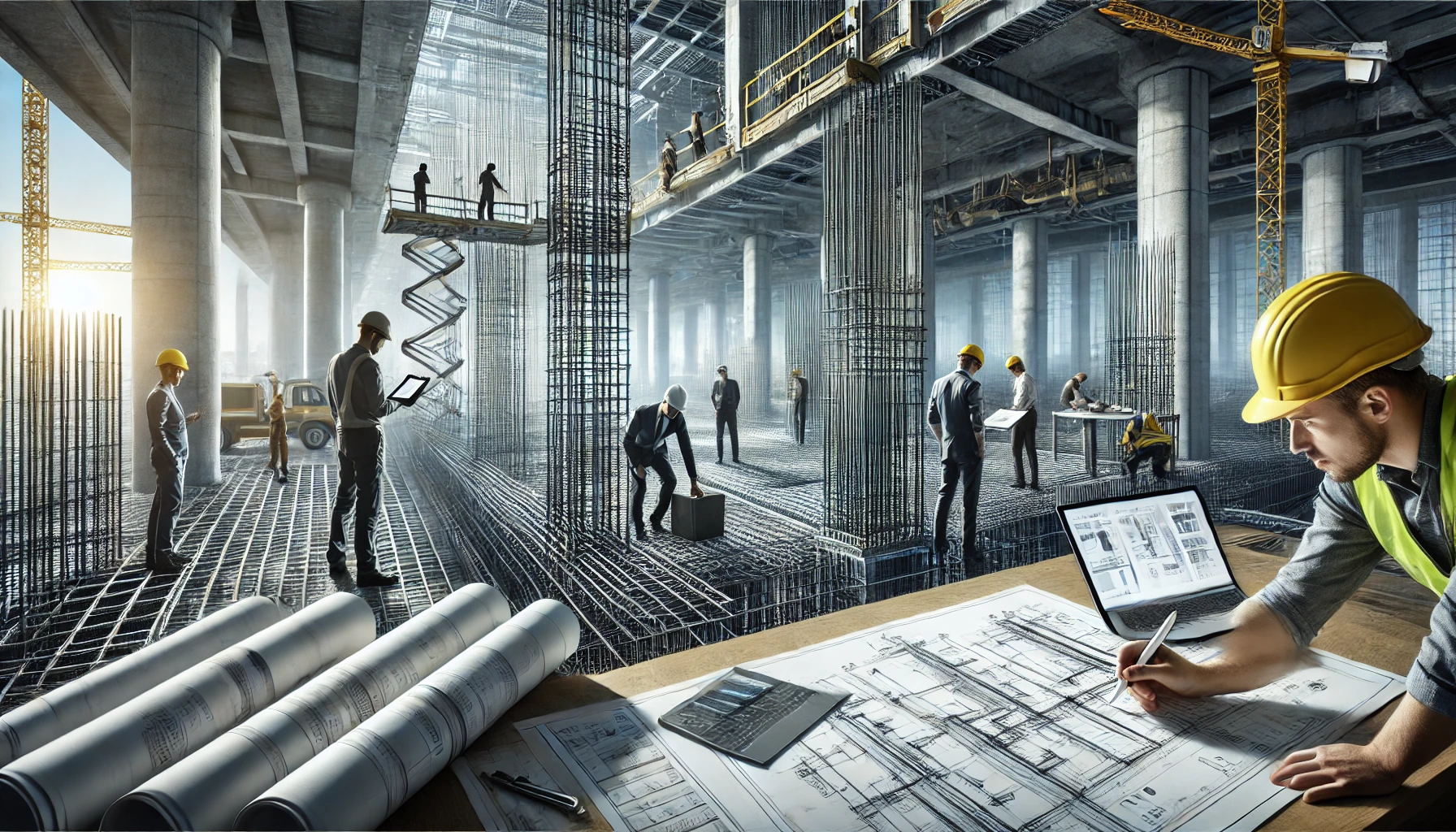
Rebar detailing is a cornerstone of successful construction projects. It ensures structural integrity, minimizes costs, and prevents delays. Yet, many project managers and engineers inadvertently make mistakes in this critical phase, resulting in significant setbacks.
If you want to optimize your construction projects and sidestep common pitfalls, this guide will walk you through the most frequent mistakes and provide actionable solutions.
Why Rebar Detailing Matters
Rebar detailing involves the precise specification of reinforcement bars, including their size, quantity, placement, and spacing. It serves as the blueprint for achieving structural durability and efficiency.
Errors in rebar detailing can result in:
- Structural Failures: Misplaced or incorrectly spaced bars compromise the building’s integrity.
- Increased Costs: Rework and delays inflate project budgets.
- Project Delays: Mistakes can cascade, affecting the entire project timeline.
Leveraging professional services and modern tools ensures that rebar detailing is executed flawlessly. For instance, Tekance offers industry-leading solutions tailored to your project’s needs. Learn more about Tekance’s services here.
Common Mistakes in Rebar Detailing (and How to Avoid Them)
1. Incorrect Rebar Placement
Misaligned rebar can lead to weakened structures, cracks, or even collapse. This issue often arises from poor communication or errors in interpreting structural drawings.
Solution:
- Use 3D modeling tools like Tekla or Revit to visualize rebar placement.
- Conduct detailed reviews of placement plans before installation.
2. Overlapping and Spacing Errors
Improper overlap or inadequate spacing can reduce concrete coverage, making the structure susceptible to failure.
Solution:
- Adhere strictly to specifications outlined in design codes.
- Employ modern detailing software to calculate and verify spacing.
3. Miscommunication Among Teams
Lack of clarity between engineers, detailers, and on-site teams leads to errors in execution.
Solution:
- Foster clear, consistent communication channels.
- Use project management platforms like Autodesk BIM 360 or Procore to synchronize updates and specifications.
4. Neglecting Structural Drawings
Overlooking or misinterpreting structural drawings creates discrepancies between the design intent and execution.
Solution:
- Train your team to thoroughly review and cross-reference drawings.
- Schedule regular audits to ensure alignment with the original plans.
Best Practices for Rebar Detailing Success
1. Leverage Cutting-Edge Software
Traditional manual methods are prone to human error. Tools like AutoCAD, Revit, or Tekla streamline detailing, enhance precision, and reduce errors.
2. Enhance Team Collaboration
Cloud-based tools improve communication and ensure everyone is working from the latest drawings. Platforms like Procore help bridge gaps between design and on-site execution.
3. Conduct Routine Reviews and Audits
Regular checks at each project phase prevent small errors from escalating into costly issues. Use detailed checklists to scrutinize each element of the detailing process.
4. Stay Updated on Codes and Standards
Compliance with local and international building codes avoids legal, financial, and safety risks. Regularly consult trusted sources like the American Concrete Institute.
How Mistakes Impact Costs and Timelines
Rebar detailing mistakes don’t just compromise structural safety—they significantly affect budgets and schedules. One real-life example involved improper rebar spacing, delaying construction by weeks and incurring thousands in additional labor costs.
Pro Tip: Partner with experts like Tekance to minimize risks and ensure your project stays on track. Explore Tekance’s services here.
Pro Tips for Final Checks Before Installation
- Verify All Drawings: Cross-check for consistency and accuracy.
- Align Stakeholders: Ensure all team members understand the design intent.
- Inspect Materials and Site Readiness: Confirm that all materials are on-site and meet project specifications.
FAQs
Q1: What is rebar detailing, and why is it important?
Rebar detailing is the creation of detailed diagrams for reinforcement bars in concrete structures. It ensures structural integrity and prevents costly errors and delays.
Q2: How can poor rebar detailing affect my project?
It can lead to structural failures, increased costs, and project delays due to rework and additional material needs.
Q3: What tools should I use for rebar detailing?
Modern tools like Tekla, Revit, and AutoCAD improve precision and efficiency. Learn more about these tools here.
Conclusion
Avoiding costly mistakes in rebar detailing requires a combination of modern tools, clear communication, and rigorous reviews. By following the best practices outlined here, you can ensure your project’s success, minimize costs, and maintain structural integrity.
For expert assistance, consult Tekance for comprehensive rebar detailing solutions. Contact Tekance today.
Know About Affordable Commercial Construction Services in NYC